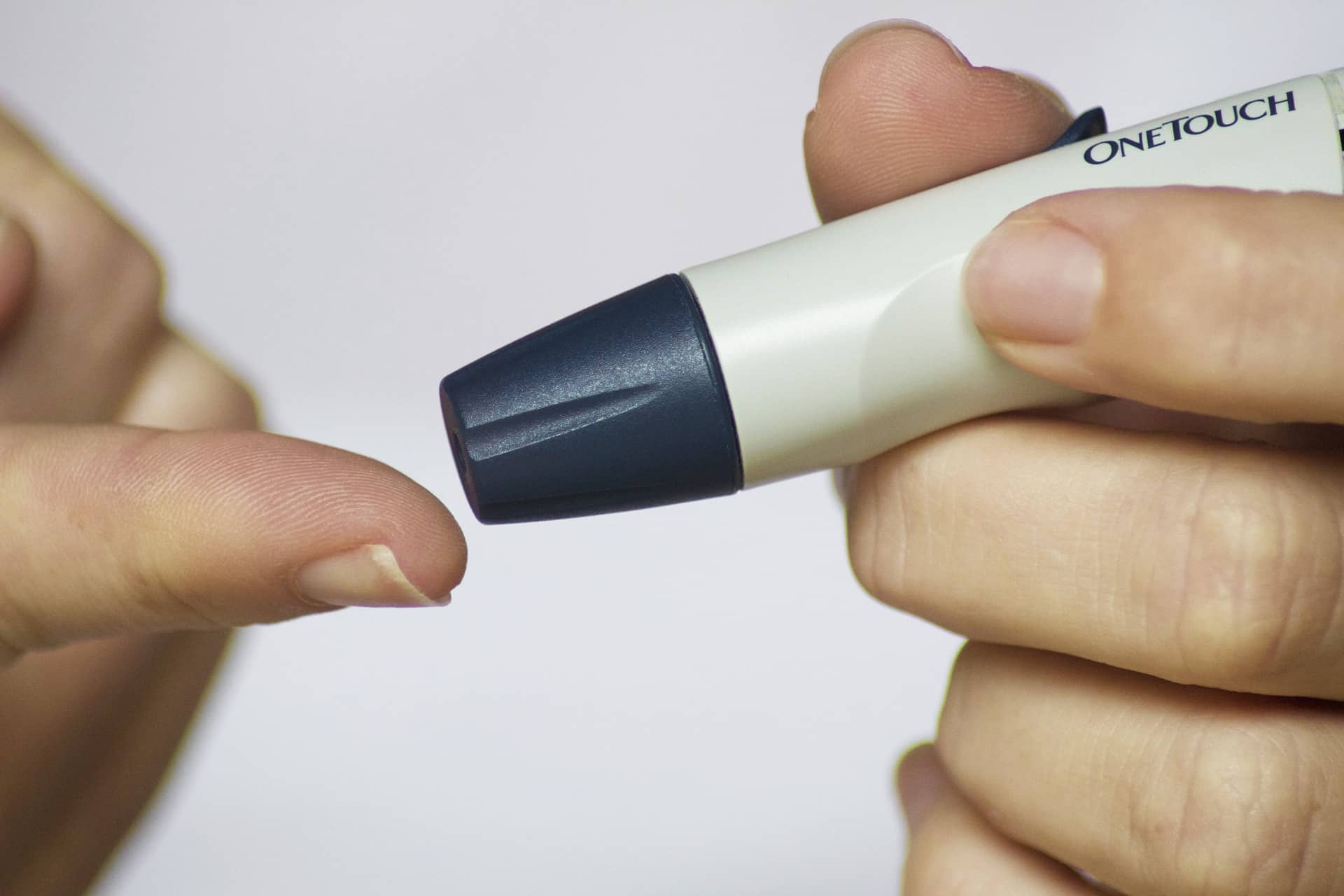Treatments For Diabetic Neuropathy
Diabetic peripheral neuropathy (DPN) is a complication experienced by 9 out 10 diabetes patients. It is essentially a type of nerve damage caused by persistently high levels of blood sugar in the form of glucose. Diabetic neuropathy most often affects the nerves in the patient’s feet and legs. One of the most typical symptoms of this condition is numbness and/or pain in the feet and legs. However, in some other patients, the condition manifests itself in the form of damage to the blood vessels, heart, digestive system or urinary tract. Two of the most frequently asked questions about this condition are (a) what is the best treatment for diabetic neuropathy? and (b) what is the cause of diabetic neuropathy? In this post, we set out to provide some possible answers to these questions.
Before delving into the questions regarding the best treatments for diabetic neuropathy or what is the cause of the condition, it is important to note that the DPN is itself a powerful predictor of diabetic foot ulcers. Indeed, it plays an important patho-physiological role in the development of diabetic ulcers and in the lower limb amputations that are frequently the end result of ulcers. As a result, early detection of diabetic peripheral neuropathy should play a key role in the management of diabetes. In an upcoming article, we will discuss the importance of early detection and how monofilament testers can play an important role in this process. We also discuss treating diabetic wounds and ulcers here.
What Is The Cause Of Diabetic Neuropathy?
As mentioned at the start of this post, DPN is usually the result of sustained high levels of blood sugar. The result is damage to the nerves, usually those in the lower limbs.

However, peripheral neuropathy can also be the result of factors other than high blood sugar levels. Before deciding on a source of treatments for diabetic peripheral neuropathy, it may be benefical to identify its cause in your case.
Non diabetic factors that may cause or contribute to DPN can include:
- Sustained high blood cholesterol levels, which can also lead to nerve damage and which itself can be a lifestyle issue;
- Injuries caused by conditions such as carpal tunnel syndrome;
- Lifestyle factors such as excessive use of alcohol or tobacco.
- Vitamin deficiencies can also be a factor in development of DPN. One of the most commonly associated vitamin deficiencies is that of vitamin B-12. To eliminate or identify this as a cause of diabetic peripheral neuropathy, ask your doctor to conduct a blood test.
Treatment Strategies
It is important to recognize that there are no treatments that will eliminate diabetic neuropathy once it has appeared. Instead, the best approach is to either prevent the condition in the first place or to slow its progression once it has started.
You can best prevent DPN by closely monitoring and managing your blood glucose levels. This would include taking your diabetes medication as prescribed. Other helpful strategies involve following your prescribed diet and increasing your level of physical activity.

Once diabetic neuropathy has started, the best treatment option is to slow its progression. We list some of the steps below to help achieve this goal:
- Lifestyle changes, such as quitting smoking or reducing your consumption of alcohol, can be important contributors to reducing the pace of progression of diabetic neuropathy.
- Starting a regular exercise program can also be an important contributor to reducing your blood sugar and cholesterol levels.
Ask your doctor about medication you can take to help reduce the pain of neuropathy. It is important to discuss both the benefits and side effects of the medications that are available. Although this is not a treatment in the traditional sense, it will help you to manage the discomfort of diabetic neuropathy while you follow other strategies to slow its progression.







